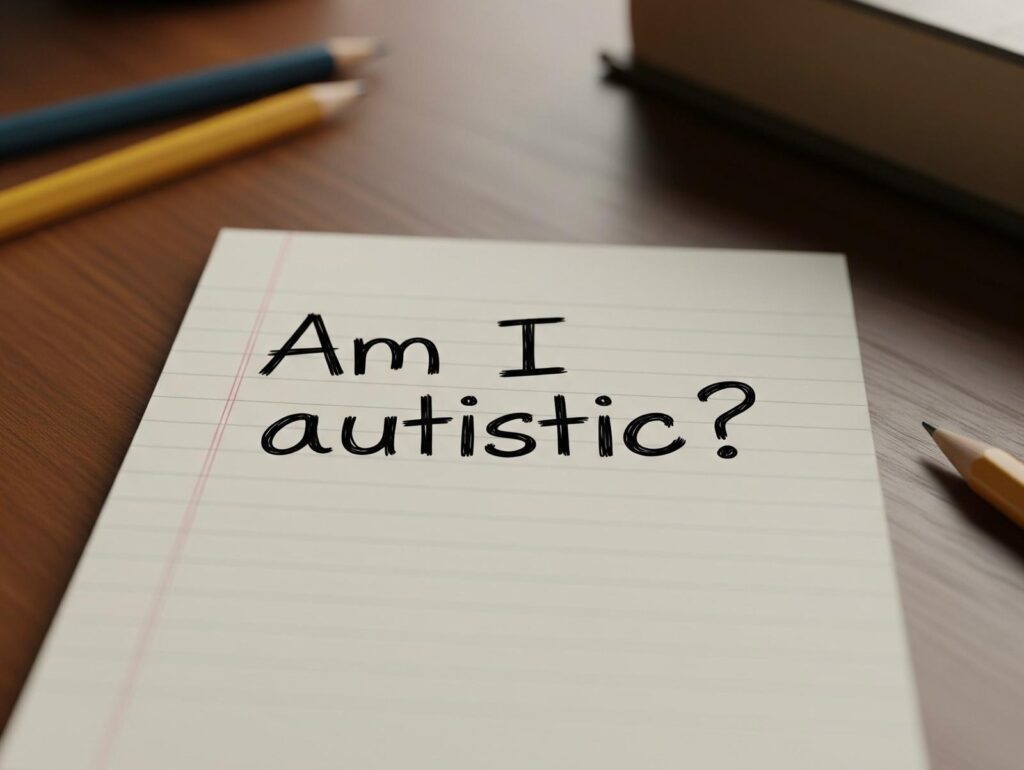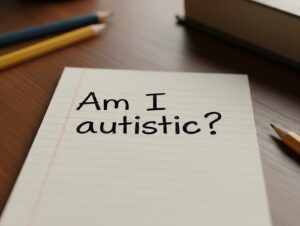Superstitions—beliefs in supernatural causality where certain actions influence unrelated outcomes—are pervasive across cultures and societies. Despite advancements in science and technology, many individuals continue to engage in superstitious behaviours, such as avoiding walking under ladders or carrying lucky charms. This article delves into the psychological underpinnings of superstition, exploring why such beliefs persist and their implications for human behaviour.
Keywords: Psychology of superstition, Superstitious beliefs, Cognitive biases and superstition, Illusion of control, Operant conditioning and superstition, Cultural influences on superstition, Superstition and mental health, Superstitious behaviour in sports, Magical thinking, Persistence of superstitions in modern society
Defining Superstition
Superstition involves attributing causality to connections between unrelated events, often leading to ritualistic behaviours aimed at influencing outcomes. For instance, believing that breaking a mirror brings seven years of bad luck exemplifies a superstitious belief where an unrelated action is thought to cause a negative consequence. These beliefs are typically irrational, lacking empirical support, yet they remain deeply embedded in human culture (Vyse, 2014).
Psychological Mechanisms Behind Superstition
- Cognitive Biases and Pattern Recognition
Humans have an innate tendency to detect patterns, a trait that has been evolutionarily advantageous for survival. However, this propensity can lead to false associations, perceiving connections where none exist—a phenomenon known as apophenia. This cognitive bias contributes to the formation of superstitious beliefs, as individuals link unrelated events based on perceived patterns (Brugger, 2001). - Illusion of Control
Superstitions often emerge from the desire to exert control over uncertain situations. Engaging in superstitious rituals can provide a sense of agency, reducing anxiety and creating an illusion of control, even when the actions have no real impact on outcomes (Langer, 1975). - Reinforcement and Operant Conditioning
Behavioural psychology suggests that superstitious behaviours can develop through operant conditioning. If a particular action coincidentally precedes a positive outcome, individuals may repeat the behaviour, believing it caused the result. This reinforcement strengthens the superstitious belief over time (Skinner, 1948). - Social and Cultural Influences
Superstitions are often transmitted through cultural traditions and social learning. Observing others engaging in superstitious practices can reinforce these behaviours, embedding them within societal norms and personal habits (Malinowski, 1954).
The Role of Superstition in Stress and Uncertainty
Research indicates that superstitious beliefs are more prevalent in situations involving stress and uncertainty. For example, athletes may engage in ritualistic behaviours before competitions to alleviate anxiety and enhance perceived control (Bleak & Frederick, 1998). Similarly, individuals facing uncertain outcomes may resort to superstitious practices as coping mechanisms to manage stress (Keinan, 2002).
Superstition and Mental Health
While occasional superstitious behaviour is generally harmless, excessive reliance on such beliefs can be associated with psychological distress. Studies have found correlations between high levels of superstition and traits such as anxiety, low self-efficacy, and external locus of control (Dag, 1999). In extreme cases, superstitious beliefs may contribute to obsessive-compulsive behaviours, where individuals feel compelled to perform rituals to prevent feared outcomes (Einstein & Menzies, 2004).
Superstition in Contemporary Society
Despite the rise of scientific reasoning, superstitions persist in modern society. This endurance can be attributed to cognitive biases, cultural traditions, and the psychological comfort that superstitions provide. Understanding the psychological foundations of superstition offers insight into human cognition and the enduring nature of these beliefs.
Top 10 Superstitions in Australia
Superstitions in Australia reflect a fascinating mix of Indigenous cultural beliefs, colonial influences, and universal human tendencies to link actions or symbols with fortune or misfortune. Below are ten notable superstitions observed across Australia, supported by research and cultural observations.
1. Opals as Unlucky Gemstones
Despite being a significant producer of opals, Australians often regard opals as harbingers of bad luck unless they are received as a gift. This belief originates from European settlers who associated opals with misfortune (Thirteen Oddities, 2023).
2. Avoiding Walking Under Ladders
Similar to many Western superstitions, Australians commonly believe that walking under a ladder invites bad luck. This may stem from the triangular shape formed by the ladder leaning against a wall, symbolising the Holy Trinity, which should not be disturbed (Thirteen Oddities, 2023).
3. Breaking a Mirror Brings Seven Years of Bad Luck
The belief that breaking a mirror results in seven years of bad luck is prevalent in Australia and is consistent with global superstitions. This stems from ancient beliefs that mirrors are connected to the soul, and breaking one disrupts its harmony (Thirteen Oddities, 2023).
4. Spilling Salt and Throwing It Over the Left Shoulder
If salt is accidentally spilled, Australians may toss a pinch over their left shoulder to ward off evil spirits. This practice aligns with European superstitions where salt, a valuable commodity, was thought to repel malevolent forces (Thirteen Oddities, 2023).
5. The Willie Wagtail as an Omen
In Indigenous Australian culture, the willy wagtail bird is associated with various superstitions. In some traditions, it is viewed as a harbinger of bad news or death, while in others, it is considered a messenger from the spirit world (Thirteen Oddities, 2023).
6. Birds Flying into Houses
In Australia, a bird entering a house is often seen as an omen of misfortune or death. This belief is shared across many cultures and remains a source of unease for some Australians (Thirteen Oddities, 2023).
7. Killing a Willy Wagtail Brings Storms
Among certain Indigenous groups, it is believed that harming a willy wagtail can anger its spirit, resulting in violent storms as retribution. This superstition highlights the connection between nature and spirituality in Indigenous Australian beliefs (Amino Apps, 2023).
8. Whistling at Night Summons Spirits
In several Aboriginal cultures, whistling after dark is avoided, as it is believed to attract malevolent spirits. This belief underscores the rich spiritual traditions of Indigenous Australians and their views on the unseen world (Thirteen Oddities, 2023).
9. Hexafoils and Protective Symbols
Colonial Australians adopted protective symbols such as hexafoils (daisy wheels) and burn marks on buildings to ward off evil spirits and disease. These practices, brought from European traditions, reflect the fear of supernatural forces during early settlement (ABC News, 2019).
10. The Number 13 as Unlucky
The belief that the number 13 is unlucky is also present in Australia, resulting in its omission in building floors or seating arrangements. This superstition aligns with global perceptions of the number as a symbol of misfortune (Thirteen Oddities, 2023).
Conclusion
Superstitions are deeply rooted in human psychology, arising from cognitive biases, the need for control, and cultural influences. While often dismissed as irrational, these beliefs fulfill psychological needs, particularly in managing uncertainty and anxiety. Recognising the psychological mechanisms behind superstition enhances our understanding of human behaviour and the complexities of belief systems.
References
- ABC News. (2019). Magic symbols reveal superstitious colonial past. Retrieved from https://www.abc.net.au/news/2019-07-17/magic-symbols-reveal-superstitious-colonial-past/11306586.
- Amino Apps. (2023). Superstitions from Australia. Retrieved from https://aminoapps.com/c/mythology/page/blog/superstitions-from-australia/jLDQ_LJtKugGnvxx118XaKwb7pgZKgzbk5.
- Bleak, J. L., & Frederick, C. M. (1998). Superstitious behavior in sport: Levels of effectiveness and determinants of use in three collegiate sports. Journal of Sport Behavior, 21(1), 1-15.
- Brugger, P. (2001). From haunted brain to haunted science: A cognitive neuroscience view of paranormal and pseudoscientific thought. In Houran, J., & Lange, R. (Eds.), Hauntings and Poltergeists: Multidisciplinary Perspectives (pp. 195-213). McFarland.
- Dag, I. (1999). The relationships among paranormal beliefs, locus of control and psychopathology in a Turkish college sample. Personality and Individual Differences, 26(4), 723-737.
- Einstein, D. A., & Menzies, R. G. (2004). The presence of magical thinking in obsessive compulsive disorder. Behaviour Research and Therapy, 42(5), 539-549.
- Keinan, G. (2002). The effects of stress and desire for control on superstitious behavior. Personality and Social Psychology Bulletin, 28(1), 102-108.
- Langer, E. J. (1975). The illusion of control. Journal of Personality and Social Psychology, 32(2), 311-328.
- Malinowski, B. (1954). Magic, Science and Religion and Other Essays. Doubleday.
- Skinner, B. F. (1948). ‘Superstition’ in the pigeon. Journal of Experimental Psychology, 38(2), 168-172.
- Thirteen Oddities. (2023). 13 unusual Australian superstitions. Retrieved from https://thirteenoddities.com/13-unusual-australian-superstitions.
- Thirteen Oddities. (2023). Aboriginal superstitions. Retrieved from https://thirteenoddities.com/aboriginal-superstitions.
- Vyse, S. A. (2014). Believing in Magic: The Psychology of Superstition. Oxford University Press.
How to get in touch
If you or your NDIS participant need immediate mental healthcare assistance, feel free to get in contact with us on 1800 NEAR ME – admin@therapynearme.com.au.
Discover more from Therapy Near Me
Subscribe to get the latest posts sent to your email.






